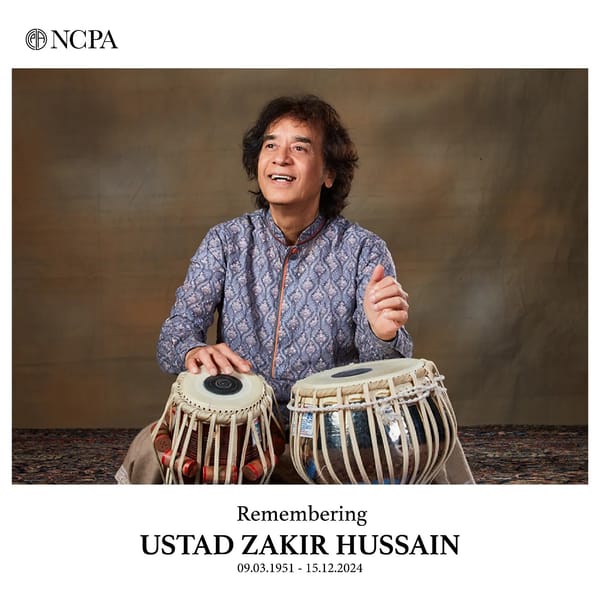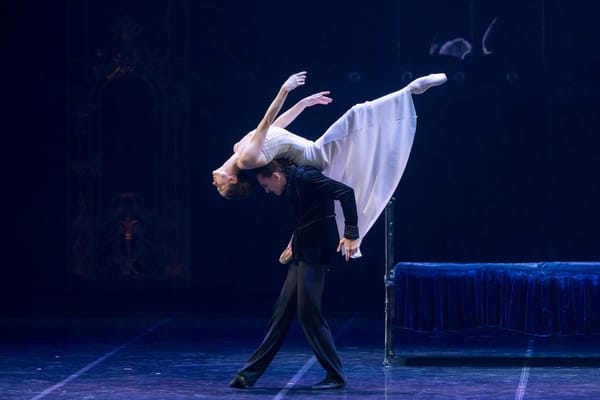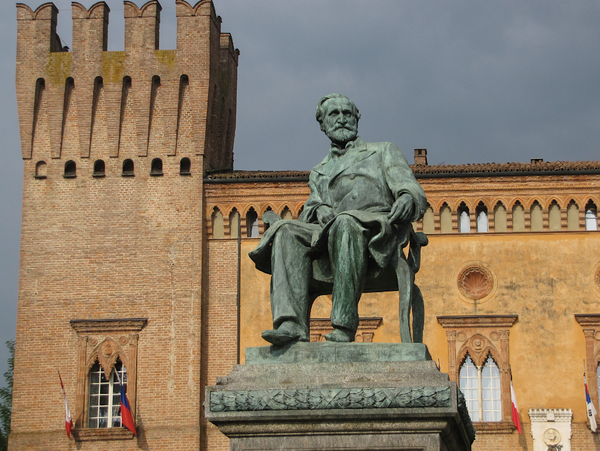Beyond the Score: Ear Training, Improvisation, and New Approaches in Modern Music Education
Modern music education is shifting beyond traditional score reading to embrace ear training, improvisation, and diverse music-making. This inclusive approach values creativity, aural skills, and cultural diversity, preparing students for a vibrant musical future.

For centuries, the teaching of music has been dominated by a single, powerful paradigm: the written score. The ability to read notation fluently was seen as the gateway to musical understanding and participation. Yet, as the world of music education evolves in the twenty-first century, this literacy bias is giving way to a more holistic, inclusive, and dynamic approach—one that values aural skills, improvisation, and diverse methods of music-making as much as the ability to decipher dots on a page. This shift is not merely a pedagogical trend, but a necessary response to the changing landscape of music, technology, and society.
The Traditional Literacy Bias: Roots and Limitations
The centrality of notation in Western music education has deep historical roots. For generations, conservatoires and schools have prioritised sight-reading, theory, and score analysis, often treating these as the foundation of musical competence. While this approach has produced generations of technically proficient musicians, it has also imposed limitations. Many students who excelled by ear or through improvisation found themselves marginalised or undervalued, their talents considered peripheral to the “real” business of music.
Moreover, this literacy-centric model often failed to reflect the rich diversity of global musical traditions, many of which are transmitted orally or through communal practice. It also risked alienating students from backgrounds where formal music reading was not part of their cultural experience, narrowing the pipeline of future musicians and teachers.
The Shift Towards Aural Skills and Improvisation
In recent years, music educators and institutions have begun to challenge the supremacy of notation. There is a growing recognition that aural skills—the ability to identify, reproduce, and manipulate musical sounds by ear—are not secondary, but central to musical understanding. Ear training, once a supplementary exercise, is now being placed on equal footing with reading, and in some cases, is even prioritised.
Improvisation, too, is enjoying a renaissance. Once the preserve of jazz musicians or folk traditions, improvisation is now being integrated into curricula for classical musicians and beyond. This shift reflects a broader understanding of music as a living, creative process, rather than a static reproduction of written works. Improvisation fosters creativity, spontaneity, and deep listening, equipping students with skills that are invaluable both within and beyond music.
Embracing Multiple Means of Music-Making
The modern music classroom is a far more diverse and dynamic space than in years past. Educators are increasingly open to a variety of music-making methods, from digital production and DJing to ensemble improvisation and community-based projects. This inclusivity is not only a response to student interests, but also a recognition of the many ways in which people engage with music in the real world.
For example, universities and conservatoires are revising their curricula to include modules on music technology, production, and entrepreneurship, alongside traditional performance and theory. These changes reflect the realities of the contemporary music industry, where versatility and creativity are as prized as technical mastery.
Technology: A Catalyst for Change
Technological innovation has been a key driver of this transformation. The rise of online learning platforms, interactive apps, and AI-powered tools has democratised access to high-quality music education, making it possible for students from all backgrounds to develop their skills. Digital audio workstations (DAWs), virtual instruments, and composition software allow learners to experiment, create, and collaborate in ways that were unimaginable just a decade ago.
Virtual and augmented reality are also making their mark, enabling immersive learning experiences such as virtual concerts, interactive ear training, and real-time feedback on performance. These tools not only enhance engagement, but also support a range of learning styles, from visual and aural to kinaesthetic.
Gamification is another trend, with music education apps incorporating progress tracking, rewards, and challenges to motivate students and make practice more enjoyable. Wearable technology and smart instruments provide instant feedback on posture, intonation, and technique, helping students refine their skills independently.
Inclusivity, Diversity, and Cultural Relevance
Perhaps the most significant shift in modern music education is the move towards inclusivity and cultural relevance. Educators are increasingly aware that music is not a monolith, but a tapestry of diverse traditions, practices, and experiences. Curricula are being revised to celebrate this diversity, incorporating music from a wide range of cultures and encouraging students to draw on their own backgrounds and communities as sources of inspiration.
This approach not only broadens students’ musical horizons, but also makes music education more accessible and meaningful. It acknowledges that musical excellence can take many forms, and that a student who excels in beatboxing, electronic production, or traditional folk singing is no less a musician than one who can sight-read a Beethoven sonata.
The Role of the Teacher: Facilitator, Mentor, Collaborator
As the focus of music education shifts, so too does the role of the teacher. No longer simply a transmitter of knowledge, the modern music educator is a facilitator, mentor, and collaborator—someone who guides students on their individual musical journeys, helping them discover their own voices and paths7. This requires not only expertise in a range of musical styles and technologies, but also a willingness to learn alongside students and adapt to their needs7.
Artist-led workshops, collaborative projects, and community engagement are becoming central features of music education, providing students with real-world experience and opportunities to connect with professional musicians and peers7. Assessment, too, is evolving, with a greater emphasis on process, creativity, and personal growth rather than rote memorisation or technical perfection7.
Challenges and Opportunities
Of course, these changes are not without challenges. Access to technology remains uneven, and some students and teachers may lack the resources or training needed to take full advantage of new tools. There is also a need to balance the benefits of technology with the irreplaceable value of live performance, ensemble playing, and one-to-one instruction.
Yet, the opportunities are immense. By embracing aural skills, improvisation, and diverse methods of music-making, educators can create a more inclusive, engaging, and relevant music education for all students. This not only prepares young musicians for the realities of the modern world, but also ensures that the joy and power of music remain accessible to everyone, regardless of their background or starting point.
Music for All
As we move further into the twenty-first century, the future of music education looks bright. The breaking down of traditional barriers, the embrace of technology, and the celebration of diversity are creating a vibrant ecosystem in which every student can find their place. Whether through ear training, improvisation, digital production, or ensemble performance, the message is clear: music is for everyone, and there are many paths to musical fulfilment.





